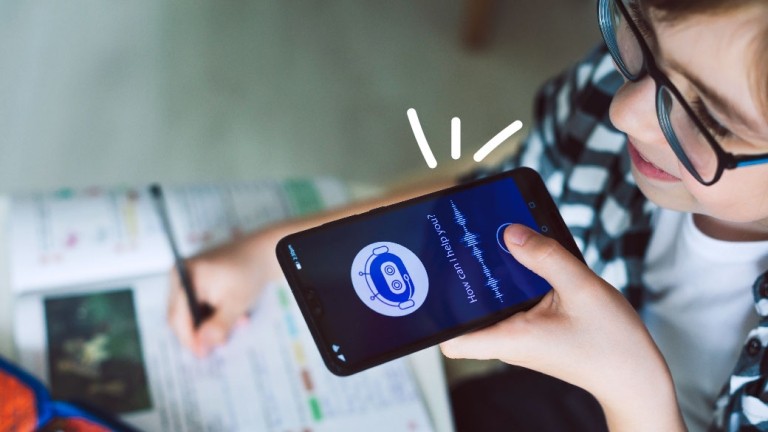Buying a gift card? Watch out for this scam

More than half of Americans plan to buy gift cards for someone on their list, making them this year’s most popular holiday gift.
And what’s not to love? They’re so versatile you can’t really go wrong, whether you’re buying for a choosy teenager, the guy who has everything or a colleague in the office gift exchange.
Scammers love gift cards too — mostly because they’re almost impossible to trace. Since they don’t contain personal info linking them to the owner, anyone with the number can use the card or sell it for cash via eBay, Craigslist or discount gift card resellers.
“In a common type of gift card scheme, a fraudster steals the identifying information from a gift card, waits for the card to be activated and then uses or sells the card,” says Ron Cresswell, research specialist for the Association of Certified Fraud Examiners. Since most gift cards are purchased well before Christmas, scammers have plenty of time to drain the card before the recipient tries to use it.
Gift card fraud is becoming increasingly widespread, and it’s something every shopper should be aware of. Below is a guide to help you recognize and avoid gift card scams while you do your holiday shopping.
How gift card scams work
Remember how sneaky the Grinch was when he crept into the homes of Whoville, slithering around corners and stealing candy canes from sleeping children’s hands? Gift card scammers can be just as sneaky when they’re browsing the gift card aisle at the store. Cresswell explains how they do it:
“A fraudster takes a $100 gift card from a display rack at a grocery store. Pocketing the card, he walks to an empty aisle, where he uses a razor blade to carefully remove the card from its packaging,” he says.
On the back of the card, the scammer finds the gift card number, a magnetic stripe and a silver sticker that can be scratched off to reveal a PIN.
“The fraudster quickly scratches off the sticker and uses his phone to snap a photo of the card. He then replaces the scratch-off sticker with an identical sticker — one of many he purchased in bulk on eBay. After returning the card to its packaging, the fraudster puts it back on the display rack and leaves the store.”
With both the card number and the PIN in hand, all the fraudster has to do is wait for the card to be activated — usually once it’s sold to an unsuspecting shopper. Scammers will check the card balance multiple times a day by visiting the card issuer’s website or calling the number on the back of the card until they get confirmation that it’s active. Then they quickly drain it or sell it on eBay.
Other common gift card schemes include:
- Hacking a card issuer’s website and deploying bots to find active card numbers with a positive balance. Last year, hackers attacked nearly 1,000 websites using a bot called GiftGhostBot.
- Targeting consumers who list gift cards for sale on eBay or Craigslist. Posing as a potential buyer, the scammer asks the seller to confirm the balance in a three-way call to the issuer. By recording the touch tones entered during the call, the fraudster is able to steal the card number.
- Calling consumers posing as the IRS or another government agency and demanding payment (in the form of a gift card) for delinquent taxes. “Anyone who demands payment by gift card is always, always, always a scammer,” says the Federal Trade Commission.
- Selling used, counterfeit or nonexistent gift cards online.
- Buying gift cards, quickly draining their value and then canceling the payment.
- Sending phishing emails offering free gift cards as bait to obtain the victim’s personal or financial information.
How to avoid gift card fraud
All this doesn’t mean you should cross gift cards off your holiday shopping list this year — but you should be careful where and how you buy them. Cresswell offers the following tips for avoiding gift card scams:
- Buy gift cards only from reputable vendors.
- When possible, buy gift cards online directly from the issuer.
- When buying a gift card from a reseller, make sure the reseller has a guarantee policy.
- If possible, avoid gift cards that are displayed in easily accessible areas. Instead, ask for a card that was stored behind the counter.
- When selecting a gift card from a display rack, choose a card from the least accessible part of the rack.
- If there is a stack of gift cards, choose one from the middle of the stack.
- Before buying a gift card, carefully inspect the card’s packaging and PIN sticker for signs of tampering.
- Watch the cashier scan and activate your card.
- If you receive an activation receipt, make sure the number on the receipt matches the card number.
- Use gift cards as soon as possible.
- Check gift card balances frequently.
- Keep the receipt as long as the card has a positive balance.
- When possible, register the gift card on the issuer’s website.
- Do not allow anyone to listen in or look over your shoulder when you check your card balance.
- Contact the card issuer immediately if your gift card balance is lower than expected.
People love getting gift cards, but an empty card is sure to disappoint. If you’ve got gift cards on your shopping list this year, a few extra precautions will help ensure the recipients get the enjoyment of spending them as well.


